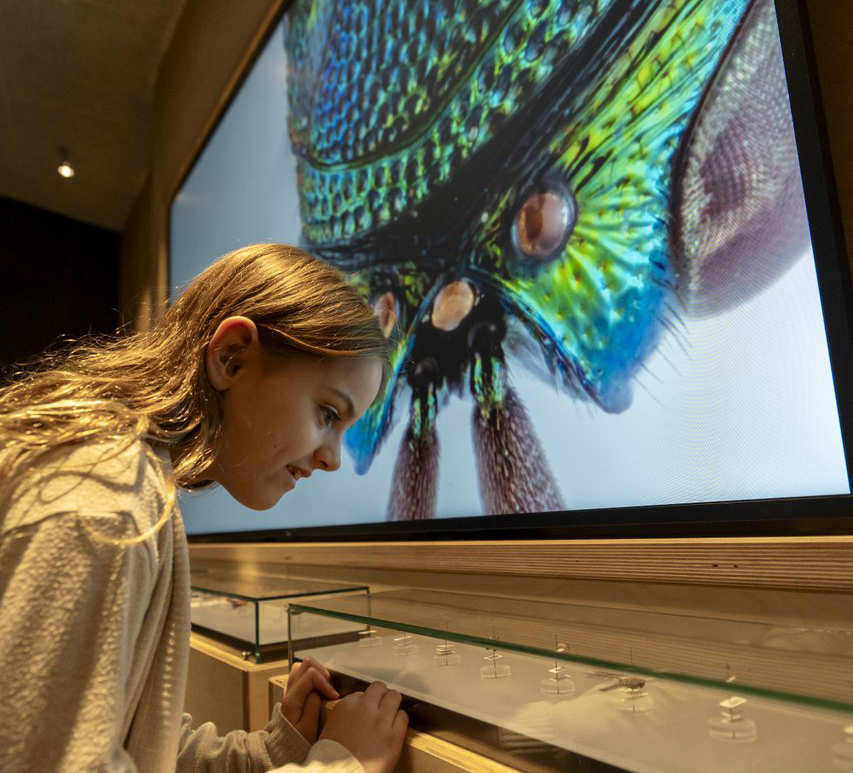People are facing a range of global, regional, and local problems because of population growth, globalization, and the impacts of powerful technologies. Together, these problems are giving rise to “the sustainability challenge,” where development has to meet "the needs of the present without compromising the ability of future generations to meet their own needs."
Sustainability is about defining and meeting human needs, recognizing feedback loops, and working within limits, including limited supplies of fresh water and of productive land, and our limited ability to manage complex systems. Sustainability also involves planning for the future by thinking about previous generations, and how those people adapted.
To move human societies onto a sustainable path, significant changes are needed in our food, energy and transportation systems, and urban design. We also need to foster social justice and reduce environmental damage through full-cost accounting, appropriate policies, and holistic education. At a personal level, we need to think about the ways we live (our cultures), since "development divorced from its human or cultural context is growth without a soul."
This part of our website is devoted to RSM research into the role that museums and heritage can play in sustainability education and community development.
For more information, please see the reports listed below.
The Environment
People have always altered their surroundings by tilling land, cutting trees, damming waterways, building settlements and fighting wars. For thousands of years, our impacts were local and regional because of low populations and limited technologies.
Economic Dimensions of Sustainability
What is an economy? What is it for? And how can we tell when it's healthy? These questions are a good place to start, if you're curious about the economic aspects of sustainability. Taken together, they shed light on pieces of the puzzle that are often overlooked or misunderstood.
The Sustainability Challange
Humanity's ecological footprint is now 50 per cent greater than the productive surface of the Earth, so we must find ways to live within limits. We are also facing unprecedented rates of social, technological and environmental change, so we need to take time to imagine what a sustainable future might look like. And we need to take steps in that direction as individuals, communities, governments, businesses – and museums.
If you have questions, please contact
✉ Curator of Human Ecology | Dr. Glenn Sutter


